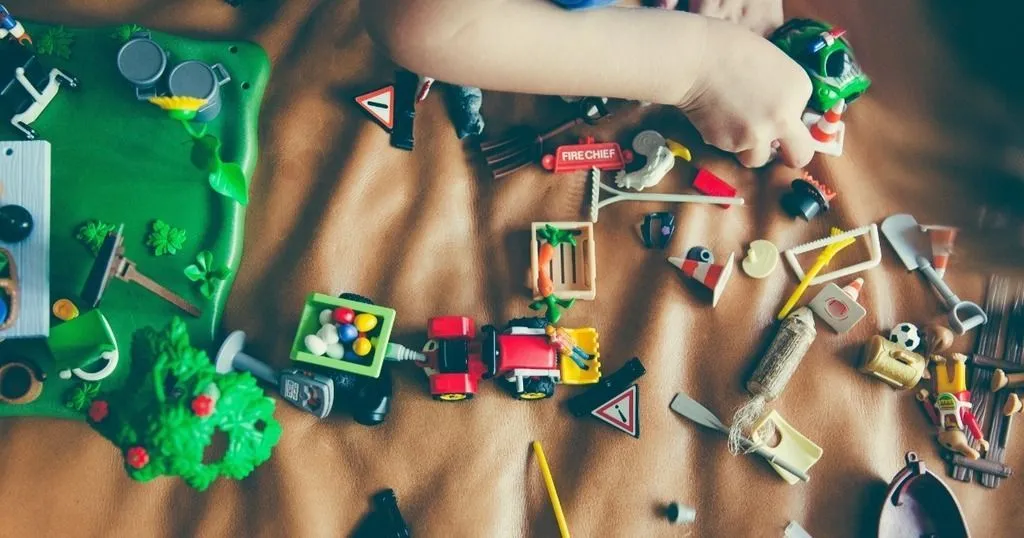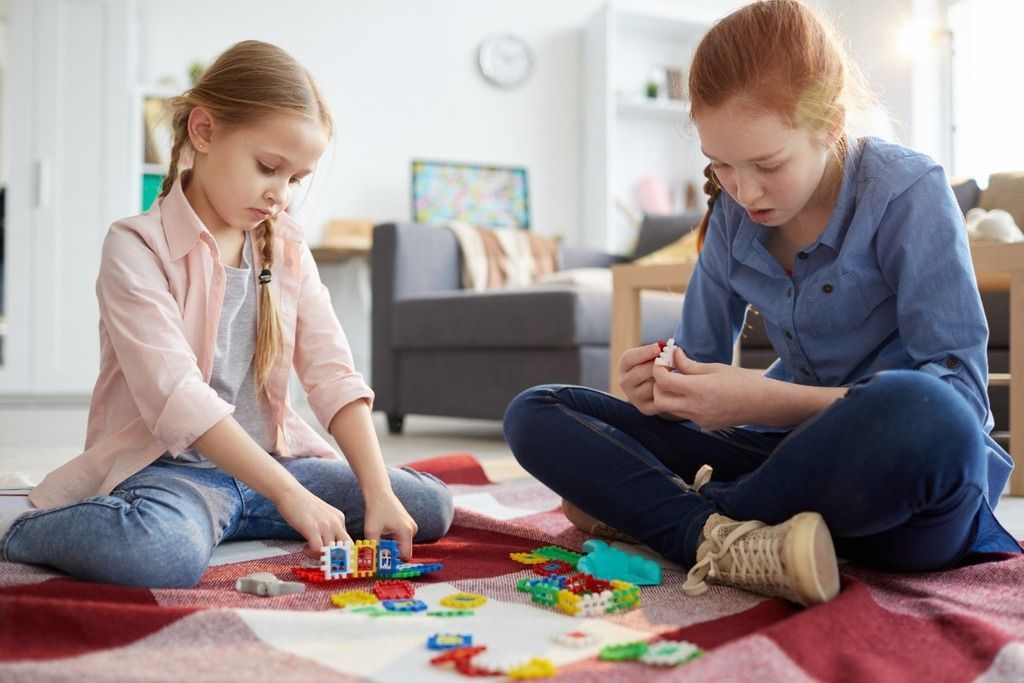Using augmented toys to facilitate play in children with visual impairments
How can we help children with visual impairments in their development of play and social interactions? Drs. Suzanne Verver and her team examined the effects of sound-augmented toys on peer play.
Posted by
Published on
Wed 06 Sep. 2023

One of the main objectives of developmental psychology is to increase our knowledge on child development, so that we may help children who face developmental difficulties or delays.
Researcher Verver and her colleagues focused on the development of social interactions in children with visual impairments. How can we help these children in their development of peer play? This blog post explores a study on sound-augmented toys in dyads of visually impaired children.
Social and cognitive development
Children with visual impairments face many challenges when growing up, including the development of social and cognitive playing behavior.
With fewer opportunities to learn from observation and imitation, these children may experience difficulties in joint attention, understanding non-verbal behavior, and cooperative play. By playing alone more often, their development of complex playing forms, such as symbolic or pretend play, can be delayed up to two years compared to sighted children.
This limits their opportunities to practice social communication, which is necessary to form and maintain friendships. Stimulating certain playing behaviors may help visually impaired children to develop these skills more easily.

Can parents help?
Parents or other adults can help create positive social experiences by assisting children with peer play.
However, this support can also lead to passive behaviors, as well as feelings of dependency and helplessness. Furthermore, research with visually impaired adolescents shows that peer support is a better predictor for their wellbeing than parental support.
These results suggest the need for positive peer play experiences without adult help.
Interaction between children and their parents is a classical study object in developmental psychology, pediatrics, and child psychiatry. Download this white paper to discover how The Observer XT can help you with your study of parent-child interactions.
Augmented toys
That is where augmented toys come into play. By combining play materials with technology, augmented toys can offer new play experiences and stimulate development in different ways. And for children with visual impairments, adding sound may be just the thing.
Drs. Suzanne Verver and her colleagues, from the Radboud University in the Netherlands, studied the effects of a Playmobil® castle that was enhanced with radio-frequency identification (RFID) tags. When children put play figures on specific locations in the castle, these figures produced pre-programmed sounds.
The researchers were interested to know whether playing with augmented toys would influence social and cognitive play behaviors in children with a visual impairment. They hypothesized that the auditory cues would facilitate shared experiences, joint attention, and symbolic play.
Observing playing behaviors
The study included 52 children between 4 and 12 years of age, who were paired into 26 dyads. Researchers randomly assigned children to these dyads, based on age group and location. The participants varied in their visual impairments, ranging between moderate impairments, severe impairments, and blindness.
Each dyad completed six 30-minute play sessions over a period of three weeks. Each week, children played once with the augmented toy and once with a regular version of the same toy. The dyads were randomly assigned to start with either version.
Coding behavior during peer play
Play sessions were recorded and a selection of video fragments was coded using The Observer XT.
The researchers observed both social and cognitive play behaviors. Social aspects of play included playing alone, playing parallel to another child, and playing together with another child, as well as disengaging from the play situation. Behaviors such as exploration, functional play, and symbolic play were coded as cognitive behaviors.
FREE WHITE PAPER: How to set up a coding scheme
Download here the FREE white paper 'How to set up behavioral coding' and get 7 tips about:
- Defining your behavior group
- Point events
- Coding from a diversity of sources
More parallel, less cooperative
Results showed that children were engaged and played cooperatively for the majority of time.
When examining differences in playing with both versions of the toy, results showed that children played parallel to one another more often when playing with the augmented toy. However, with the regular version of the toy, children played together more often.
Verver and her colleagues also found that children spent more time in explorative play when playing with the augmented toy. On the other hand, functional and symbolic play occurred more often when playing with the regular toy.
Finally, results showed different play behaviors for children with different visual impairments. Children with a severe visual impairment spent more time in explorative play than children with a moderate impairment. Also, children with blindness engaged in less functional pretend play than children with a severe impairment.
Should we use sound augmentation?
In line with what the researchers expected, children showed parallel play more often when sound augmentation was available. They even continued to do so after three opportunities to play with the toy.
This indicates that sounds can capture children’s attention, as well as facilitate joint attention and awareness of others.
However, results also showed that children did not play together as often when playing with the augmented toy. The researchers argue that this effect may be caused by the sounds’ interference with children’s storylines and pretend acts, preventing cooperative play.
This means that, in the current study, sound augmentation did not facilitate social play.
RESOURCES: Read more about The Observer XT
Find out how The Observer XT is used in a wide range of studies and how it can elevate your research!
- Free white papers
- Customer success stories
- Featured blog posts
Future research on peer play
These findings provide a meaningful addition to the study of visual impairments in children. Verver and her colleagues also have several suggestions for future research.
They argue that increased flexibility, where children can record their own sounds, may prevent interferences in pretend play. This way, playing with an augmented toy may facilitate social play after all.
They would also be interested to learn more about interactions between sighted children and children with visual impairments, as you would find more often in regular education.
Finally, they emphasize that other characteristics may be more important in understanding social play difficulties. This includes verbal abilities, social skills and the presence of autism spectrum disorder.
Reference
Verver, S.; Vervloed, M.; Steenbergen, B. (2019). The use of augmented toys to facilitate play in school-aged children with visual impairments. Research in Developmental Disabilities, 85, 70-81.
Related Posts

7 tips to make coding behavioral data more fun

Understanding cognitive delays in infants with Down syndrome
